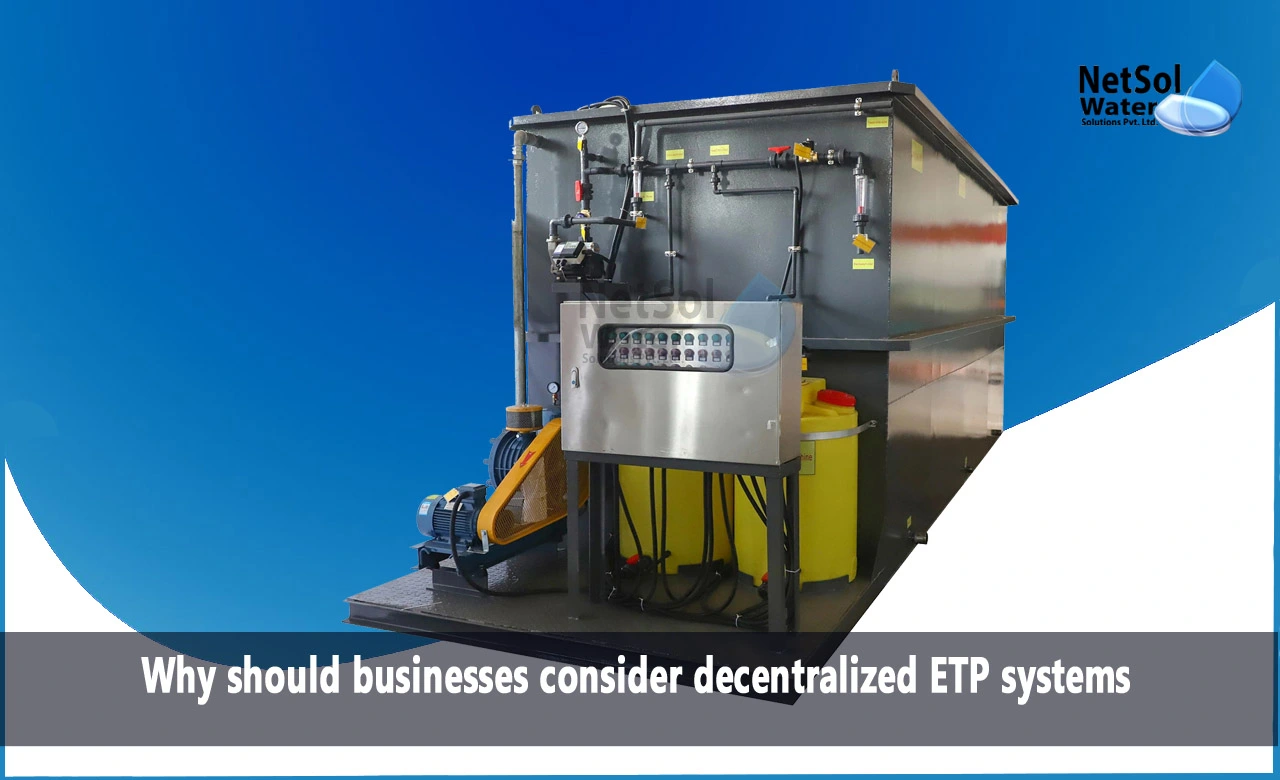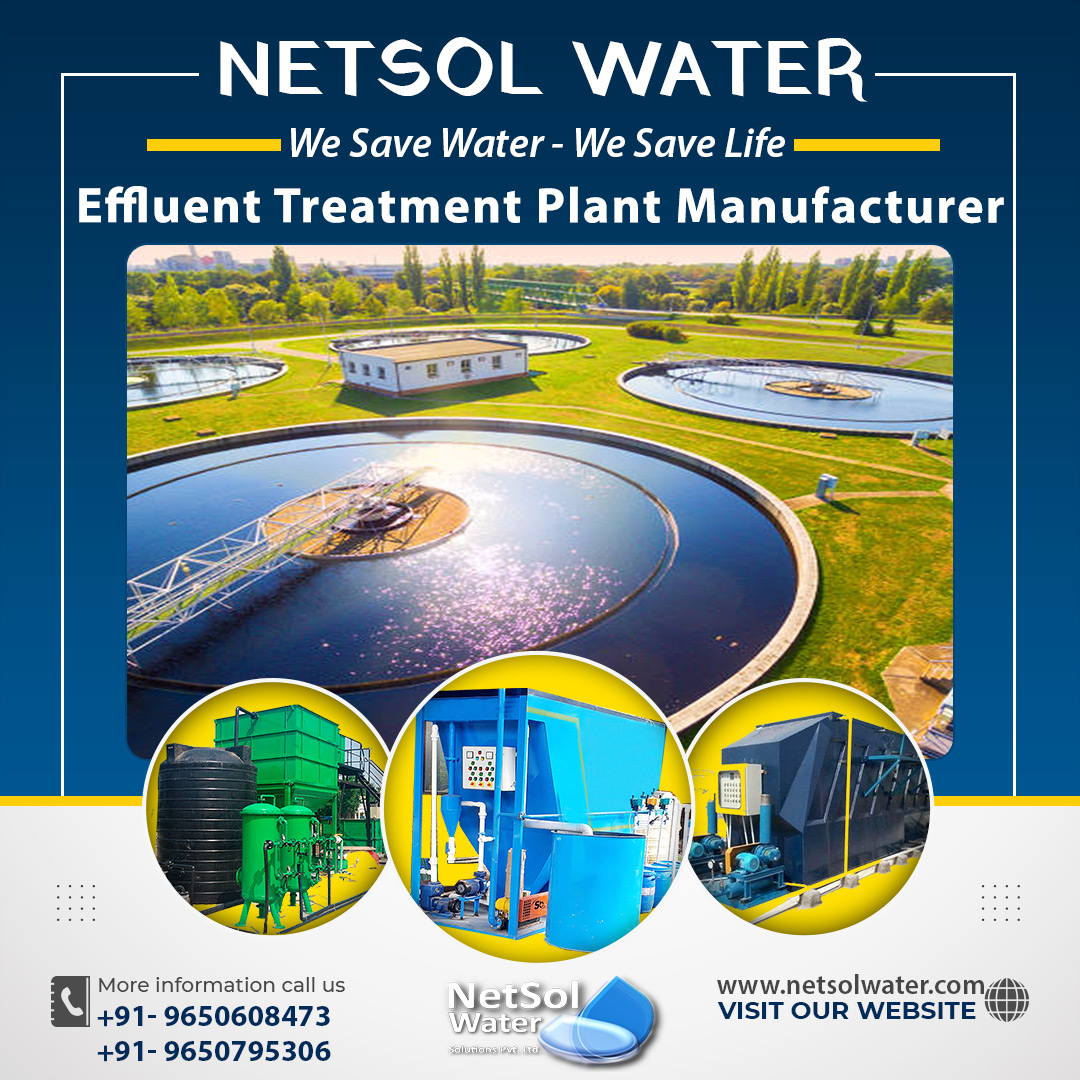In ageneration where environmental sustainability and responsible commercial enterprise practices are gaining growing importance, groups are actively seeking approaches to reduce their impact on the environment. One practical approach is adopting decentralised Effluent Treatment Plant (ETP) structures. These systems offer several blessings for organizations, including fee financial savings, decreased environmental impact, and more desirable company responsibility. In this blog, we can explore why organizations must bear in mind decentralized ETP structures.
Decentralised ETP Systems Explained
Decentralised ETP structures are more minor, self-contained wastewater treatment gadgets that are mounted without delay at the premises of a business or industrial facility. Unlike conventional centralised ETPs, which deal with wastewater from more than one resource at a crucial region, decentralised structures are designed to address the precise effluent generated by using an unmatched facility. They provide an extra localised and green answer for treating wastewater.
Why Should Businesses Consider Decentralized ETP Systems?
1. Cost Efficiency
- Lower Infrastructure Costs: One of the number one benefits of decentralised ETP structures is reducing infrastructure charges. Businesses can keep away from the prices associated with building and keeping a big centralized facility.
- Reduced Transportation Costs: Decentralized structures dispose of the need to transport wastewater over long distances to a vital treatment plant, saving on transportation and managing fees.
2. Energy Savings
- Reduced Energy Consumption: Centralized ETPs frequently require considerable power to pump wastewater to an imperative place, even as decentralised structures deal with effluent site. This localised technique outcomes in decreased electricity intake, contributing to value savings and environmental advantages.
-Green Energy Integration: Decentralized structures are extra adaptable to include renewable electricity sources, further reducing the carbon footprint of wastewater treatment operations.
3. Environmental Responsibility
- Lower Carbon Emissions: By decreasing the want for transporting wastewater and lowering energy consumption, decentralised ETP structures contribute to a discount in carbon emissions, aligning with company sustainability desires.
- Faster Response to Environmental Concerns: In the event of an environmental incident or the need for immediate action, decentralized structures can respond extra quickly, minimizing the impact on neighbourhood ecosystems.
4. Resource Conservation
- Water Reuse: Decentralized ETPs can facilitate water reuse and recycling in the facility, holding valuable freshwater sources.
- Nutrient Recovery: Some decentralized structures allow for the recovery of precious nutrients from wastewater, which can be repurposed as fertilizers or different merchandise.
5. Compliance and Risk Mitigation
- Regulatory Compliance: Decentralized ETP systems enable agencies to preserve compliance with nearby environmental rules and standards by successfully treating their wastewater on-web page.
- Reduced Risk of Fines and Penalties: By ensuring green wastewater treatment, businesses can mitigate the chance of fines and penalties for environmental violations.
6. Scalability and Flexibility
- Adaptability: Decentralized structures may be easily scaled up or down to deal with adjustments in manufacturing ranges, making them suitable for small and huge agencies.
- Expansion and Relocation: Businesses can expand or relocate at the same time as preserving green wastewater treatment strategies without sizable disruptions.
Conclusion
Decentralised ETP systems provide a sustainable and value-powerful answer for organisations seeking to reduce their environmental effect and beautify their corporate duty. These structures not only assist companies in meeting regulatory requirements butalso help their efforts to reduce carbon emissions, conserve assets, and operate in an extra eco-friendly manner. By embracing decentralized ETP systems, companies can contribute to a purifier and different sustainable future whilst reaping the monetary advantages of decreased infrastructure and operational costs. It's a win-win method that aligns business objectives with environmental stewardship.




